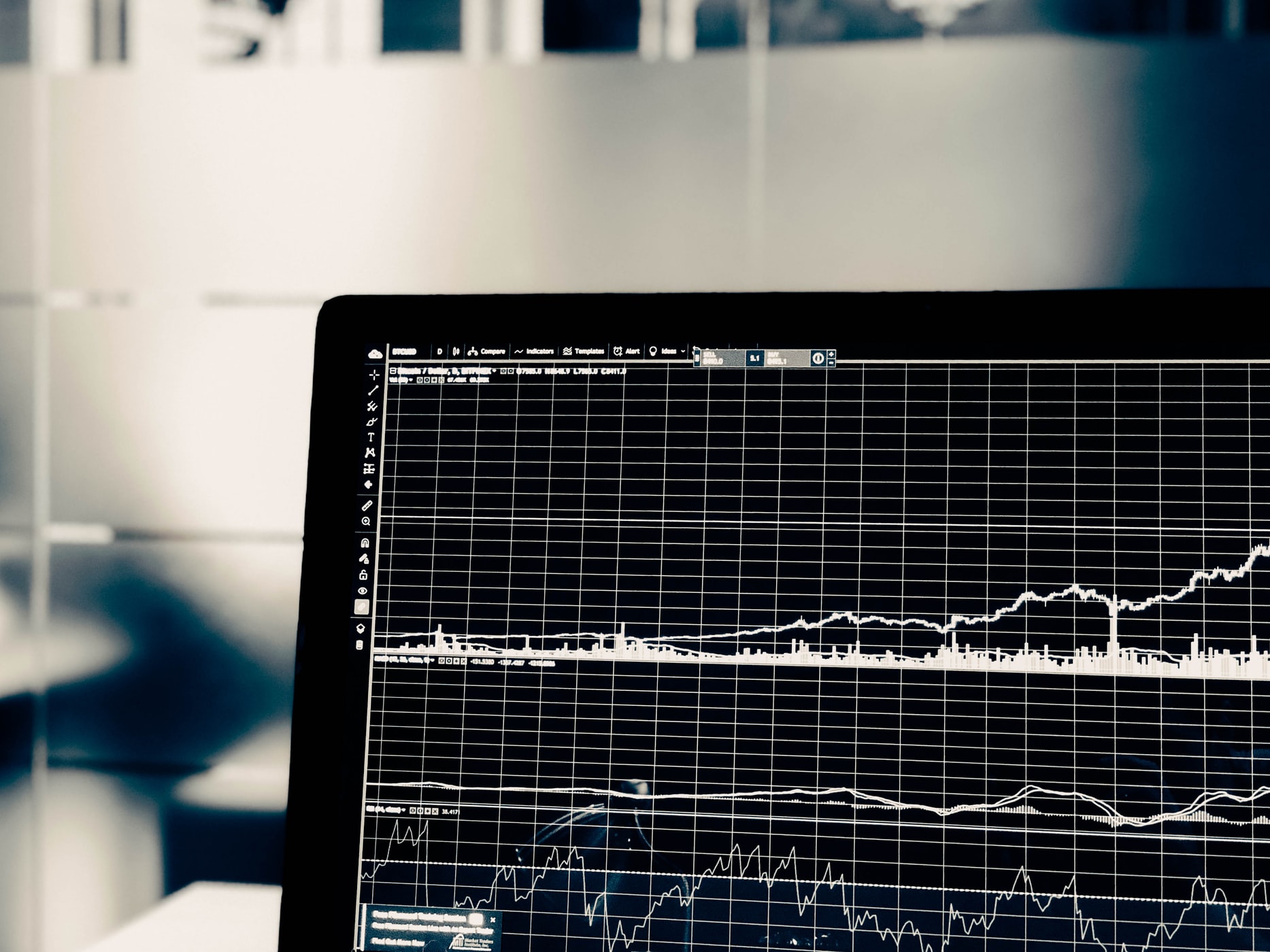A Good Kind Of Overbought

As technical analysts, we generally think that overbought markets are likely to pull back, at least a little bit. After all, just the name “overbought” conjures up thoughts of people buying too much and spending all their money doing so. You know, the same as hoarding toilet paper to combat a virus.
In theory, if everyone has already bought, then there is nobody left to buy more. Demand dries up, and down go prices.
The problem is that overbought is really only a problem in a flat market, and, unless you are short, in a down market. Overbought in a rising market is sometimes a very good condition to have. Hark back to yesteryear, when being a technician was unique. The esteemed Alan Shaw once said that the most bullish thing a market can do is get overbought and stay that way.
My time at Lowry Research got me to think more about all of this. We use indicators that measure mostly oversold but at times we do apply them to overbought. Without getting into the specifics, the pandemic allowed me to look at the many stages in a bull market all compressed into a few months’ time.
When a bear market ends, it is not surprising to see all sorts of indicators at oversold levels. Then, as sellers turn into buyers, these indicators surge quickly to overbought. For something like a moving average, it does not take much effort for price to cross back above it, no matter what the length. And as old data drop out of the calculation, the average still has a downward pressure, even as new prices are higher. Right away, the spread of the market above the average expands to a level that would normally elicit calls for a return to the mean.
Now, when that happens later in the rally, it would be a more accurate belief as the market moved “too far, too fast”. But at the beginning, it’s really just a lot of math.
Applying this to other non-price indicators, such as momentum (price derivative), volume derivatives, and statistical slicing and dicing, this is even more meaningful.
At Lowry, we look at the percent of stocks at certain ranges below 52-week highs. We also look at the percentage of stocks above various moving averages, as well as sliced and diced breadth. The important point is that moving some of them from oversold to overbought in a short amount of time, such as is often the case at the end of major bear markets or corrections, takes an awful lot of bullishness and actual buying. We just call it demand.
Again, at the start of moves, surges of our indicators into overbought territory are good things. They represent an urgency to buy with lots of pent up demand just waiting to be unleashed.
Now, later in a move, such as at the September 2 high this year, we saw our indicators once again get rather overbought. However, this time, it was due to something entirely different. It was more thanks to the capitulation of the bears as they threw in the towel. They were getting smoked in the returns category and had to get into stocks. You know what happened next. It was the bad kind of overbought.
So what did we see this month as the S&P 500 emerged from its 10-week high base? It looked like the good kind of overbought again. Even better, we had all sorts of signals over the past few weeks, well ahead of the breakout (and well ahead of the vaccine news).
Everyone is welcome to take a look at some of our white papers to see what kind of indicators we use, although I will warn you, “they” will ask you ...
more



Quite an interesting article. Not that I understood it all, but still interesting.